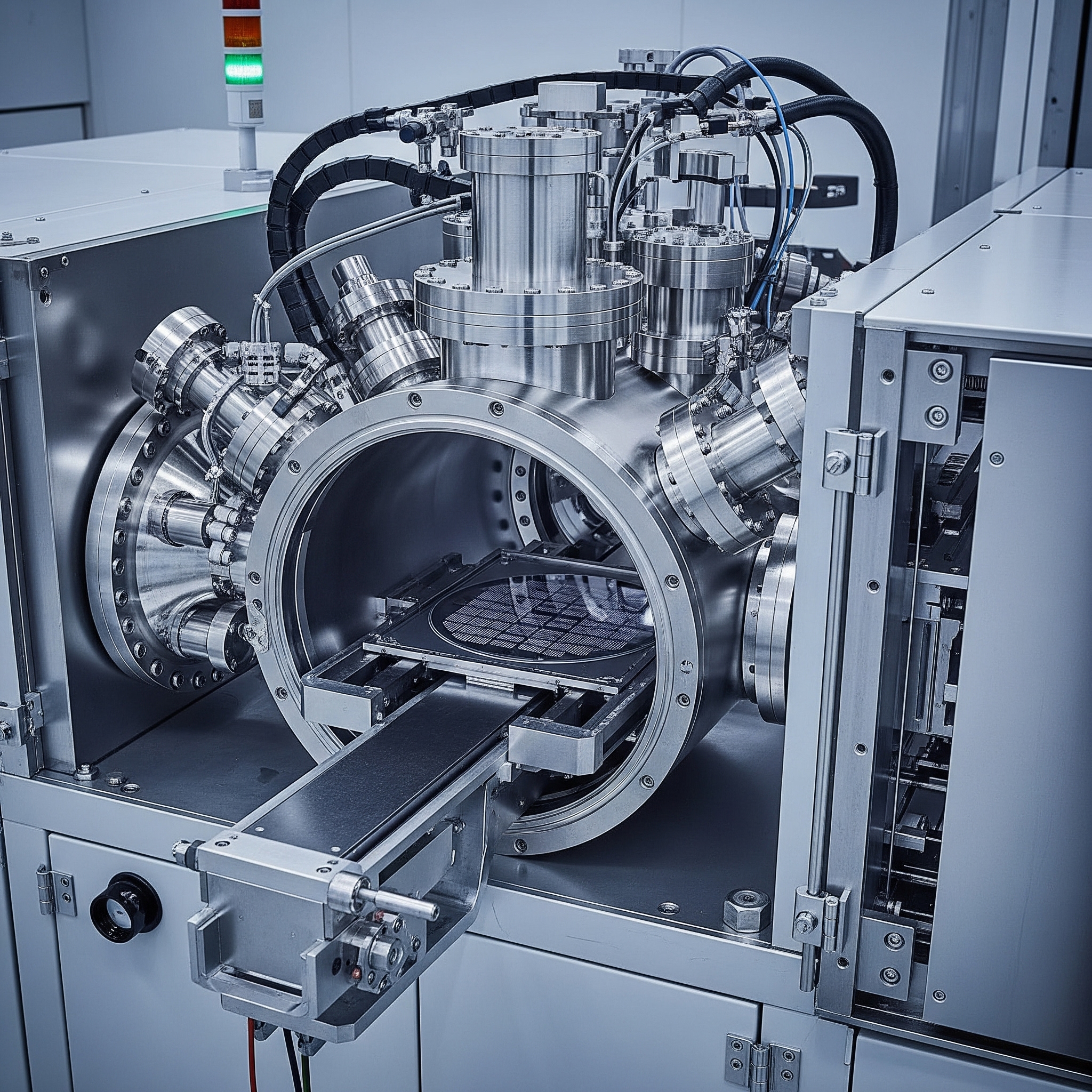



Situation
This petrochemical plant produces light alkenes, such as liquified petroleum gas (LPG) and naphtha, through a process called thermal steam cracking. In the Pygas stripper column, C4 and lighter components are stripped out of the cracked gas compressor condensates. Pygas is made from these and other streams.

Problem
Production becomes limited when fouling occurs because quality and safety standards require removing C4-components from the Pygas stream. Delays and shutdowns can result in millions in production loss. When fouling occurs, the column must be cleaned. For some time now, process experts were unaware that the column was fouling before it had to be shut down to clean.
Solution
Engineers decided to use TrendMiner to develop a condition-based monitoring system for the Pygas stripper. The monitor would detect abnormal operating conditions early. In turn, engineers could clean it early and reduce downtime.
Approach
- Based on search criteria, use Tag Builder to exclude
outliers by filter - Using the Influence Factors & Time Shift Function, build various models based on different known and unknown influence factors (linear combination) to describe the change in pressure in the soft sensors, including influence factor analysis
- Calculate and monitor the difference between modelled and measured changes in pipe pressure and store as a new tag
Challenges
- The specific load of the stripper is not directly measured
because feed and overhead flow rate are unknown.
Results
- Engineers used the condition-based monitoring system to detect abnormal conditions in the Pygas column early
- As a result, process experts were able to move cleaning of the Pygas column to a condition-based maintenance schedule, which meant they could schedule the right time to clean
- The company saved millions in downtime because it could clean the stripper column without bringing the factory to a complete stop
Situation
This petrochemical plant produces light alkenes, such as liquified petroleum gas (LPG) and naphtha, through a process called thermal steam cracking. In the Pygas stripper column, C4 and lighter components are stripped out of the cracked gas compressor condensates. Pygas is made from these and other streams.

Problem
Production becomes limited when fouling occurs because quality and safety standards require removing C4-components from the Pygas stream. Delays and shutdowns can result in millions in production loss. When fouling occurs, the column must be cleaned. For some time now, process experts were unaware that the column was fouling before it had to be shut down to clean.
Solution
Engineers decided to use TrendMiner to develop a condition-based monitoring system for the Pygas stripper. The monitor would detect abnormal operating conditions early. In turn, engineers could clean it early and reduce downtime.
Approach
- Based on search criteria, use Tag Builder to exclude
outliers by filter - Using the Influence Factors & Time Shift Function, build various models based on different known and unknown influence factors (linear combination) to describe the change in pressure in the soft sensors, including influence factor analysis
- Calculate and monitor the difference between modelled and measured changes in pipe pressure and store as a new tag
Challenges
- The specific load of the stripper is not directly measured
because feed and overhead flow rate are unknown.
Results
- Engineers used the condition-based monitoring system to detect abnormal conditions in the Pygas column early
- As a result, process experts were able to move cleaning of the Pygas column to a condition-based maintenance schedule, which meant they could schedule the right time to clean
- The company saved millions in downtime because it could clean the stripper column without bringing the factory to a complete stop
Download now
Subscribe to our newsletter
Stay up to date with our latest news and updates.
Other Webinars on demand
Explore Our Newest Content to Maximize Your Operational Efficiency
Other Resources
Explore Our Newest Content to Maximize Your Operational Efficiency



.jpg)
.jpg)
.jpg)





